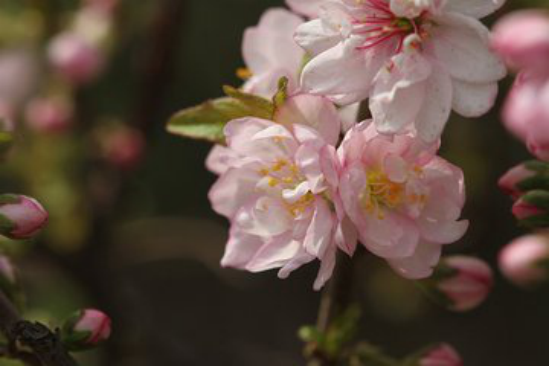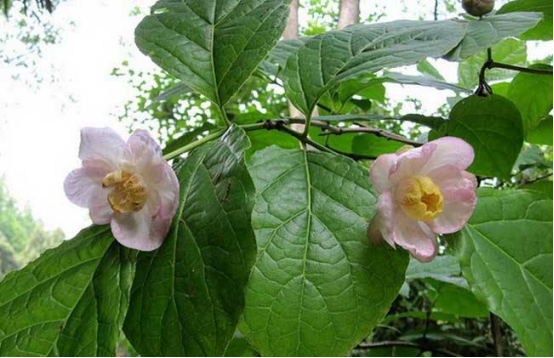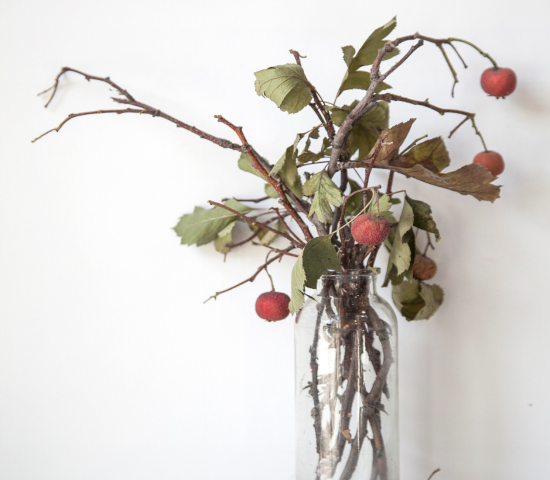Notes on planting wheat plums
In the growth process of wheat and plum, it is often infested by diseases, especially in September every year, which is the high incidence period of wheat and plum diseases. What should we do at this time? Don't worry, small editor to move, with carbendazim to treat OK! Another point is that wheat plums like to live in a sunny environment, wet and soft soil is the best choice for planting it, but keep in mind that you must not water too much, which will lead to too high soil viscosity or even ponding, which is very unfavorable for the growth of wheat plums!

Through the observation of the leaves, flowers and fruits of plum and plum, you can easily distinguish the two, no longer afraid of friends circle mismatching! Do you know if the content of the small series will help you?
Cultivation methods and precautions of pollen double-petaled wheat plum Chinese scientific name pollen double-petaled wheat plum
kingdom planta
Phylum Angiospermum
Rosaceae
Plum
Pollen flowers double petalous wheat plum, like light, cold, adaptability, drought resistance, but also more water and moisture; root system developed. South of Shenyang, winter can be overwintered. The soil requirements are not strict, with fertile, loose slightly acidic soil is best.
1. Basic information
Latin name: Prunus glandulosa Thunb. f. sinensis koehne
Family Name: Rosaceae
Ecological classification: woody plants deciduous shrubs
Category: Flowers
2. Distribution of origin
This species is native to North China and Yangtze River valley. It is cultivated.
3. Morphological characteristics
Deciduous shrubs, 1.5 - 2 m tall. Leaves ovate-long elliptic to elliptic-lanceolate, 5~8 cm long, widest in middle or near middle, pink flowers, petals. Autumn leaves high purple, red. Branchlets grayish brown or tan, glabrous or shoots pubescent. Leaf blade oblong-lanceolate or elliptic-lanceolate, apex acuminate, base cuneate, margin obtusely double serrate, green above, pale green below, glabrous on both surfaces; stipules linear. Flowers double, leaves connate or subconnate; calyx tube campanulate; petals pink, obovate. Drupe red or purplish red, subglobose. Flowering 3-4 months, fruiting 5-8 months.
4. Breeding and cultivation
Cuttage propagation, mainly in summer semi-mature branches inserted easy to survive.
5. Landscape use
It is beautiful, suitable for lawn, roadside, rockery and forest edge planting, but also for basic planting, potted plants or flower promotion, cut flowers materials. Spring leaves before flowering, full of brilliant trees, very beautiful, autumn leaves turn red, is a good garden ornamental trees.
Garden planting method of wheat and plum
Garden planting method of wheat and plum
Before planting wheat and plum, disinfect the soil first, and spray it with potassium permanganate aqueous solution. Then insert the treated skewers directly into the soil, compact the soil around them by hand after insertion, buckle them with plastic wrap, and cover the edges of plastic wrap with soil to avoid exposure. Fresh-keeping film can play a role in moisturizing and keeping warm. Water the soil thoroughly before planting, but not excessively.
Set up a shed above the soil for shade. The height of the shed can be 2 meters, which can cover 50% of the sunlight, so as not to be injured by the sun and damage its growth.
Late June is the best time to select healthy, disease-free branches. Late June to early July is the best time to plant cuttings.
If you transplant, you must move it with the soil. During the slow seedling period, water can be poured more than once a week. During its growth period, attention should be paid to uprooting weeds and tilling soil in time.
After the wheat plums have grown, they prefer sunshine, and they also have strong adaptability to cold weather. Both drought and humidity tolerance, but there can be no ponding phenomenon, so pay attention to its daily drainage, especially in the rainy season. Millets prefer soft, breathable soil to survive.
Pest and disease of wheat plums usually occur during the growth period. It can be sprayed with insecticides and fungicides.
If you want a more perfect plum tree, you have to prune it to an elliptical tree that best suits plum trees.
- Prev

Propagation methods of summer plum
one。 Sowing method from October to November every year, Chimonanthus achenes shell from green to yellow, the internal seeds are brown and black, can be harvested, take out the seeds, dry after storage, need to pay attention to maintain the humidity of the seeds in the process of storage. Spring and autumn are both seasons for sowing. It takes 24 hours to bud before sowing.
- Next

Ornamental value of Hawthorn bonsai
Cultivated Hawthorn bonsai has a high ornamental value, its shape is like all kinds of living animals, some like rock climbing monkeys, some like mighty lions, some like funny squirrels, some very interesting, and some very much like welcome pines. Strong branches look like strong warriors.
Related
- Fuxing push coffee new agricultural production and marketing class: lack of small-scale processing plants
- Jujube rice field leisure farm deep ploughing Yilan for five years to create a space for organic food and play
- Nongyu Farm-A trial of organic papaya for brave women with advanced technology
- Four points for attention in the prevention and control of diseases and insect pests of edible fungi
- How to add nutrient solution to Edible Fungi
- Is there any good way to control edible fungus mites?
- Open Inoculation Technology of Edible Fungi
- Is there any clever way to use fertilizer for edible fungus in winter?
- What agents are used to kill the pathogens of edible fungi in the mushroom shed?
- Rapid drying of Edible Fungi

